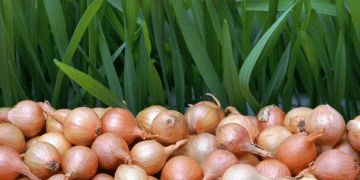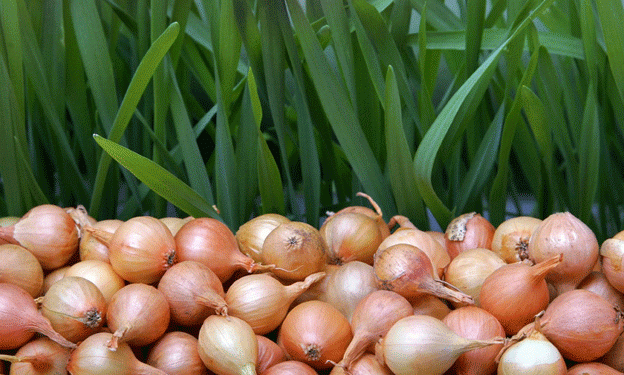The latest data indicates that onion production is expected to fall by nearly 20%, dropping to 24.24 million tonnes. This decline is attributed to lower yields in major onion-producing regions, exacerbated by excessive rainfall predicted by the India Meteorological Department. Such a sharp decrease in onion production could pose significant challenges in managing food prices, particularly since onions are a staple in Indian diets and play a crucial role in overall food inflation.
Similarly, potato production is set to decline by 5.13% to 57.05 million tonnes. As these two crops are essential for both household consumption and the broader agricultural economy, their reduced outputs may lead to increased market volatility and higher retail prices.
Overall Horticultural Outlook
Despite these declines in onion and potato production, the overall forecast for vegetable production remains stable at 205.80 million tonnes. Additionally, the third advance estimates highlight a positive trend in other crops. Tomato production is expected to increase by 4.38% to 21.32 million tonnes, largely driven by last year’s price surge when tomatoes soared to as high as ₹250 per kg. This spike prompted farmers to ramp up tomato cultivation, anticipating continued demand.
Other vegetables such as cabbages, cauliflowers, tapioca, and various gourds are also projected to see increases in production, reflecting a diversification of crop yields that may help balance out the losses in onions and potatoes.
Economic Implications
As reported, India’s retail inflation rose to 3.65% in August, slightly higher than the 3.6% reported in July. While this inflation remains within the Reserve Bank of India’s target range, the fluctuations in essential food items like onions and potatoes could contribute to rising costs. With food inflation being a sensitive issue for consumers and policymakers alike, the agricultural community must prepare for potential price hikes and supply shortages.
The projected decline in onion and potato production poses significant challenges for India’s horticulture sector. Stakeholders must adapt to these changes and consider strategies to mitigate the impact on food prices. Conversely, the increase in tomato production and other vegetables offers a glimmer of hope for farmers looking to diversify and stabilize their income streams amidst fluctuating market conditions.


































